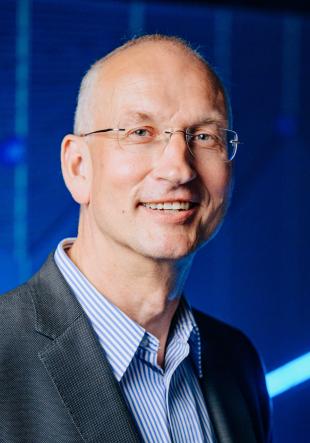FOR 1700 - Metallic Nanowires II - Metallic nanowires on the atomic scale: Electronic and vibrational coupling in real world systems
Overview
The central topic of this Research Unit is the exploration and identification of physical scenarios with one-dimensional properties under explicit consideration of 2D and 3D coupling, their control and their manipulation. It was chosen for obvious reasons: The attractive special properties of ideal one-dimensional (1D) electronic systems such as quantization of conductance, charge-density waves (CDWs), and Luttinger-liquid behav- ior, coupled with a variety of instabilities with a wealth of associated phase transitions, are experimentally only observable in systems that interact in two (2D) or three (3D) dimensions. Apart from stabilization of 1D properties at T >0, controlled modification of these couplings allows tuning and changes also of the 1D behavior. In this way we try to obtain deeper insight into this highly interesting field by close collaboration between experimental and theoretical groups. Metallic atomic wires, consisting of self-organized atomic chains of Au, Pt, In or Pb grown on Si or Ge surfaces, as well as silicide wires, formed with rare earth elements or transition metals, are prototype 1D systems, on which we concentrate. Based on the gathered experience, we will continue to correlate studies of structure and phase transi- tions in the wires and their electronic structure with electronic transport, single particle and collective excitations as well as with their dynamics. In this new funding period, a focus will be put on the controlled variation of coupling between wires, coupling to the underlying substrate and to the 3D embedding material. For this purpose, we plan to ma- nipulate charge densities, long range order and local structure by adsorption of atoms and molecules, variation of step densities, step orientations and substrates. Further emphasis will be given to the unexpected large degree of spin order in these systems, its stability and coupling to other parameters. Furthermore phonon and electron dynamics will play an important role as well as photoinduced phase transitions. The already well established close collaboration between experiment and theory as well as the combination of various experimental methods applied to identical systems will be continued and intensified in order to explore this field comprehensively.
DFG Programme Research Units
Key Facts
- Grant Number:
- 194370842
- Project type:
- Forschung
- Project duration:
- 01/2012 - 12/2022
- Funded by:
- Deutsche Forschungsgemeinschaft (DFG)
- Subprojects:


